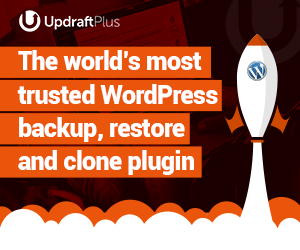Monitoring and analytics are crucial aspects of software development, allowing developers to track performance, identify issues, and make informed decisions. To achieve this, developers rely on a variety of tools designed to monitor and analyze various aspects of their applications. These tools help developers gain insights into the performance and behavior of their applications, enabling them to optimize and improve them effectively.
Application Performance Monitoring (APM) Tools
APM tools, such as New Relic and Datadog, are used to monitor the performance of applications in real-time. These tools provide detailed insights into application performance, including response times, error rates, and resource utilization. Developers can use this information to identify performance bottlenecks and optimize their applications for better performance. Additionally, APM tools often offer features like distributed tracing, which allows developers to track requests as they traverse through different services in a microservices architecture. This level of visibility is crucial for understanding the overall performance of complex applications and ensuring they meet performance requirements.
Log Management Tools
Log management tools, like Splunk and ELK Stack, are used to collect, parse, and analyze log data generated by applications and infrastructure. These tools help developers troubleshoot issues, monitor application behavior, and gain insights into user interactions. With the increasing complexity of modern applications, log management tools have become essential for maintaining visibility into application behavior and diagnosing issues quickly. These tools enable developers to efficiently manage and analyze large volumes of log data by centralizing log data and providing powerful search and visualization capabilities. To learn about data monitoring and data analytics, you can view website.

Infrastructure Monitoring Tools
Infrastructure monitoring tools, such as amazon product review software and Prometheus, are used to monitor the health and performance of servers, networks, and other infrastructure components. These tools provide real-time alerts and notifications, allowing developers to quickly respond to issues and ensure the reliability of their infrastructure. In addition to monitoring traditional infrastructure, these tools are also used to monitor cloud-based infrastructure and services, including the API gateway.
The API gateway serves as a central point for managing, securing, and monitoring APIs, making it an essential component of modern microservices architectures. By monitoring the API gateway, developers can gain insights into the performance and usage of their APIs, identify potential bottlenecks, and ensure that APIs meet service-level agreements (SLAs) with consumers.
Error Tracking Tools
Error tracking tools, like Sentry and Rollbar, are used to track and manage errors in applications. These tools capture detailed information about errors, including stack traces and user actions leading to the error, helping developers diagnose and fix issues quickly. Error tracking tools also provide insights into the frequency and impact of different types of errors, allowing developers to prioritize and address the most critical issues first. By using error tracking tools, developers can improve the overall quality and reliability of their applications, leading to a better user experience.
Real User Monitoring (RUM) Tools
RUM tools, such as Google Analytics and Hotjar, are used to monitor and analyze the behavior of real users interacting with an application. These tools provide insights into user engagement, navigation patterns, and performance issues, helping developers improve the user experience. By understanding how users interact with their applications, developers can make informed decisions about design and performance optimizations. RUM tools also allow developers to track the impact of changes and updates on user behavior, helping them measure the effectiveness of their efforts to improve the user experience. Overall, RUM tools are essential for ensuring that applications meet the needs and expectations of their users.





